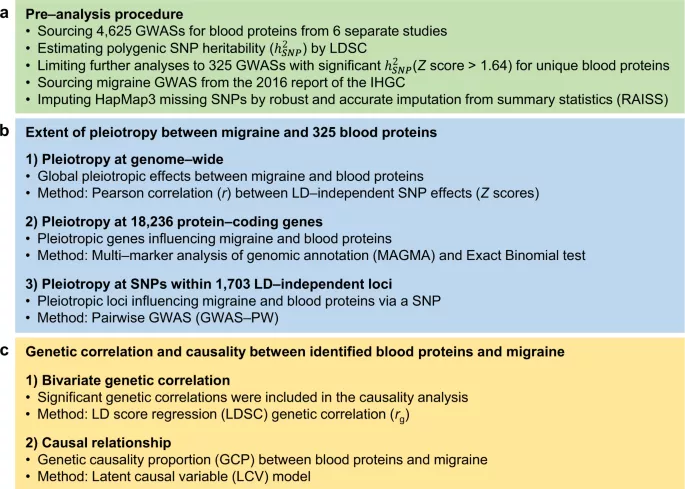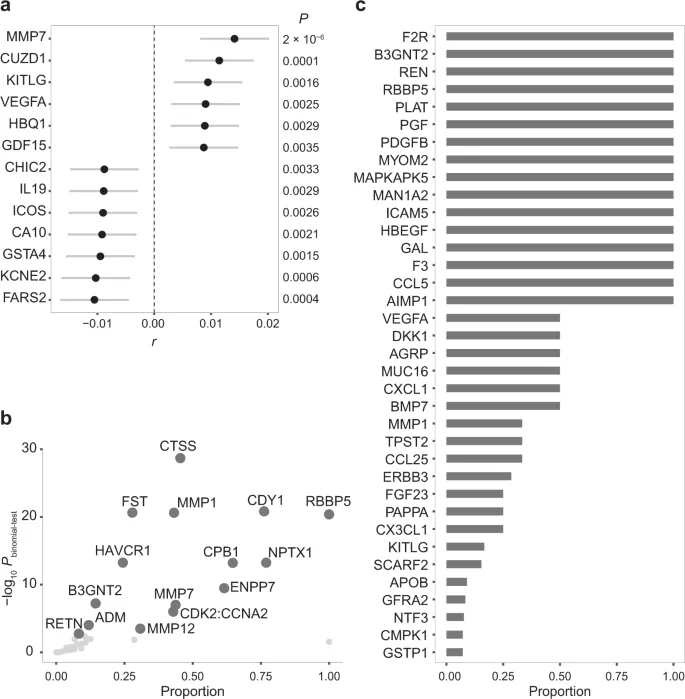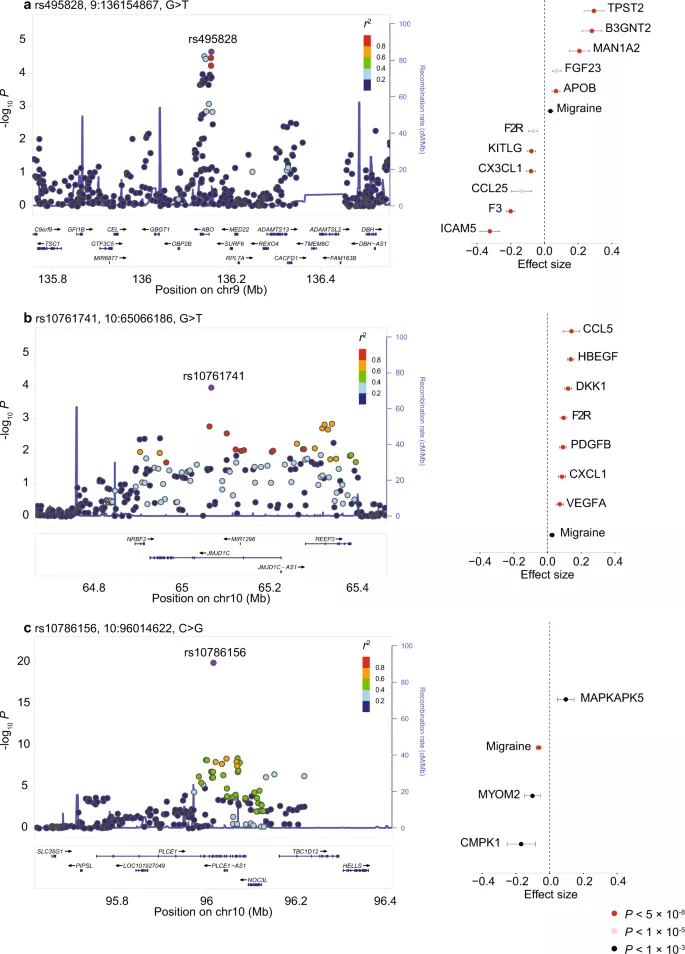Genetics researchers at the Queensland University of Technology (QUT) have found a blood protein that induces migraine and is associated with Alzheimer's disease, which may be prevented by reusing existing treatments Migraine is a headache that causes intense pulsatile pain, usually on one side of the brain. It is usually accompanied by nausea, vomiting, and extreme sensitivity to light and sound. Migraine attacks can last hours to days, and the pain can be so severe that you can't work properly.
The disease is usually inherited in families and may affect people of all ages. Women are more likely than men to be diagnosed with migraine. Migraine can be caused by various factors, including but not limited to stress, anxiety and loud noise. At present, there is no cure for migraine, but a recent study by Queensland University of technology shows promise.

A new study by researchers at Queensland University of technology has identified the causes of migraine and promising treatment targets. Professor Dale nyholt of the center for genomics and personalized health at Queensland University of technology and his doctoral student Hamzeh tanha in Nature communication 》Their genetic findings were reported on the.
Professor nyholt said the study identified a causal genetic relationship between migraine risk and changes in five blood protein levels.
-Lower levels of fars2, GSTA4, and chic2 proteins are associated with inflammation and migraine.
-Higher levels of DKK1 and PDGFB protein inhibit Wnt signaling pathway and are associated with brain calcification.
-The increased risk effect of DKK1 provides a potential mechanism for the previously reported association between migraine, Alzheimer's disease (AD) and cerebral amyloid angiopathy (CAA).
According to Professor nyholt, migraine patients have higher levels of DKK1 and PDGFB, but lower levels of fars2, GSTA4 and chic2, which increases their risk of migraine.
He said that higher levels of DKK1 and PDGFB blood proteins inhibit the Wnt signaling pathway, which transmits biological signals to cells and may lead to brain calcification and inflammation leading to pain, while lower levels of antioxidant blood proteins fars2, GSTA4 and chic2 also cause inflammation related to migraine.
"It is worth noting that we found that the strong causal effect of higher levels of DKK1 on migraine risk may be related to the reduction of Wnt signal, as observed in Alzheimer's disease and cerebral amyloid angiopathy," Professor nyholt said. "Cerebral amyloid angiopathy is the accumulation of proteins in cerebral arteries, which is known to cause Alzheimer's disease. The reduction of Wnt signal has also been shown to increase neuropathic pain in rat models."

Professor nyholt said that migraine is one of the most common neurological diseases in the world. Considering its significant public health burden, there is insufficient research on it. He said that in Australia alone, it is estimated that the annual loss to the Australian economy is about 35.7 billion US dollars, and the current treatment methods make up to 50% of migraine patients fail.
Professor nyholt said that the treatment called Wnt activator proposed for Alzheimer's disease has restored wnt/beta-catenin signals in the brain and can represent a new treatment tool for migraine treatment.
Professor nyholt said: "the good news is that there have been some therapies for increasing DKK1 in the treatment of Alzheimer's disease developed, and it is possible to reuse this therapy for migraine."
Professor nyholt said that although it is possible to prevent Alzheimer's disease in some migraine patients by reusing existing therapies, the solution is not so simple.

"There is no genetic link between migraine and Alzheimer's disease, but theoretically, controlling DKK1 levels may prevent migraine patients from developing Alzheimer's disease."
"However, although some people with Alzheimer's disease may also have a history of migraine, not all migraine patients have this association - not all migraine patients have Alzheimer's disease."
"These complex diseases usually have no single cause leading to diagnosis. There are many different mechanisms that may go wrong and lead to diseases."
"Our results suggest that the increased production of DKK1 protein may only be a biological mechanism of the reported increased risk of Alzheimer's disease in migraine patients."
Professor nyholt said that most genes contain information for the production of proteins, which are key molecules required for the structure, function and regulation of body tissues and organs.
He said that changes in blood proteins are promising diagnostic biomarkers and therapeutic targets, because those proteins secreted from multiple tissues and cell types may be related to diseases through common biological processes.
Professor nyholt said that future clinical studies should examine whether changing the level of related proteins in the blood, such as the use of currently available or under study DKK1 inhibitors, can reduce the incidence of migraine in migraine patients.
